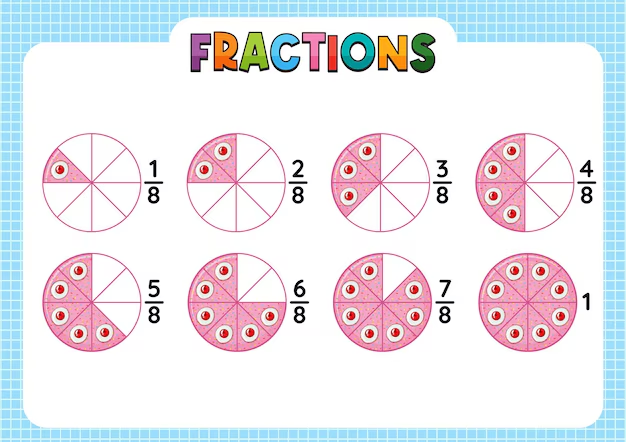Understanding 1.66667 as a Fraction

The world of numbers is rich with diversity and complexity, enabling us to express quantities in various forms. One such fascinating conversion is turning a decimal, specifically 1.66667, into a fraction. This transformation not only illuminates the relationship between numbers but also equips us with valuable skills in numerical analysis and representation. In this blog post, we will delve into the intricacies of converting 1.66667 into a fraction, exploring the nuances that arise during the process and addressing the foundational principles of fractions, decimals, and their interconnections.
Deciphering 1.66667
At first glance, 1.66667 appears to be a straightforward decimal. However, it is a repeating decimal which signifies a recurring pattern. Notably, when rounded to five decimal places, we can analyze its structure more effectively. This decimal can be interpreted as:
The whole number part is 1, while the fractional part, 0.66667, represents a repeating pattern close to 23, a familiar fraction.
Why Convert Decimals to Fractions?
Understanding how to convert decimals to fractions is more than a simple mathematical exercise; it is an essential skill with practical applications in various fields, such as finance, engineering, and computer science. Fractions provide a clear representation of ratios, making mathematical calculations easier to perform, especially when it comes to addition, subtraction, multiplication, and division.
Steps to Convert 1.66667 to a Fraction
Step 1: Identify the Decimal Structure
To convert 1.66667 into a fraction, we first recognize its structure by separating the integer and the decimal parts. The integer part is 1, while the decimal part is approximately 0.66667.
Step 2: Convert the Decimal into a Fraction
To convert the decimal part, we can approximate 0.66667. Noticing the proximity of this decimal to 23 leads us to conclude that
However, for a more accurate conversion, we can treat 0.66667 as the fraction representation of its decimal equivalent.
1.66667 has five decimal places. Thus, we can express it precisely using the method of cross-multiplication:
Step 3: Combine the Fractions
Thus, we can rewrite:
To combine the integer part and the fractional part, we convert the integer into a fraction with the same denominator, 100000:
Now we combine the two fractions:
Step 4: Simplify the Fraction
At this stage, we have the fraction 166667100000. To condense this fraction into its simplest form, we check for common factors between the numerator and the denominator. After performing the division:
Since 166667 and 100000 share no common factors (they are coprime), we conclude the fraction 166667100000 is already in its simplest form.
Final Expression as a Mixed Number
To round off our conversion, we can write 1.66667 in the mixed number form. The integer part is 1, while the fractional part is 23 based on its approximate value.
Hence, we conclude:
Conclusion
The exploration of converting 1.66667 into a fraction unveils the elegance and simplicity at the intersection of decimals and fractions. Through careful analysis and systematic steps, we transformed a seemingly complex decimal into a straightforward fractional expression of 166667100000 or alternatively, as a mixed number 123.
Mastering this skill not only enhances our numerical literacy but also empowers us to navigate the practical applications that arise in our day-to-day life, from budgeting and financial planning to scientific calculations and data analysis.
Should you have any questions or wish to further delve into the world of fractions, decimals, or any related mathematical concepts, feel free to reach out. Understanding numbers is a journey, and every step taken is a step towards greater comprehension.



